Every night, the moon graces our sky with its serene glow, but it’s silently inching away from us.
It drifts about 3.82 centimeters further each year, a subtle migration tracked by astronomers that highlights a celestial change millions of years in the making.
How the Moon’s Journey Affects Our Days
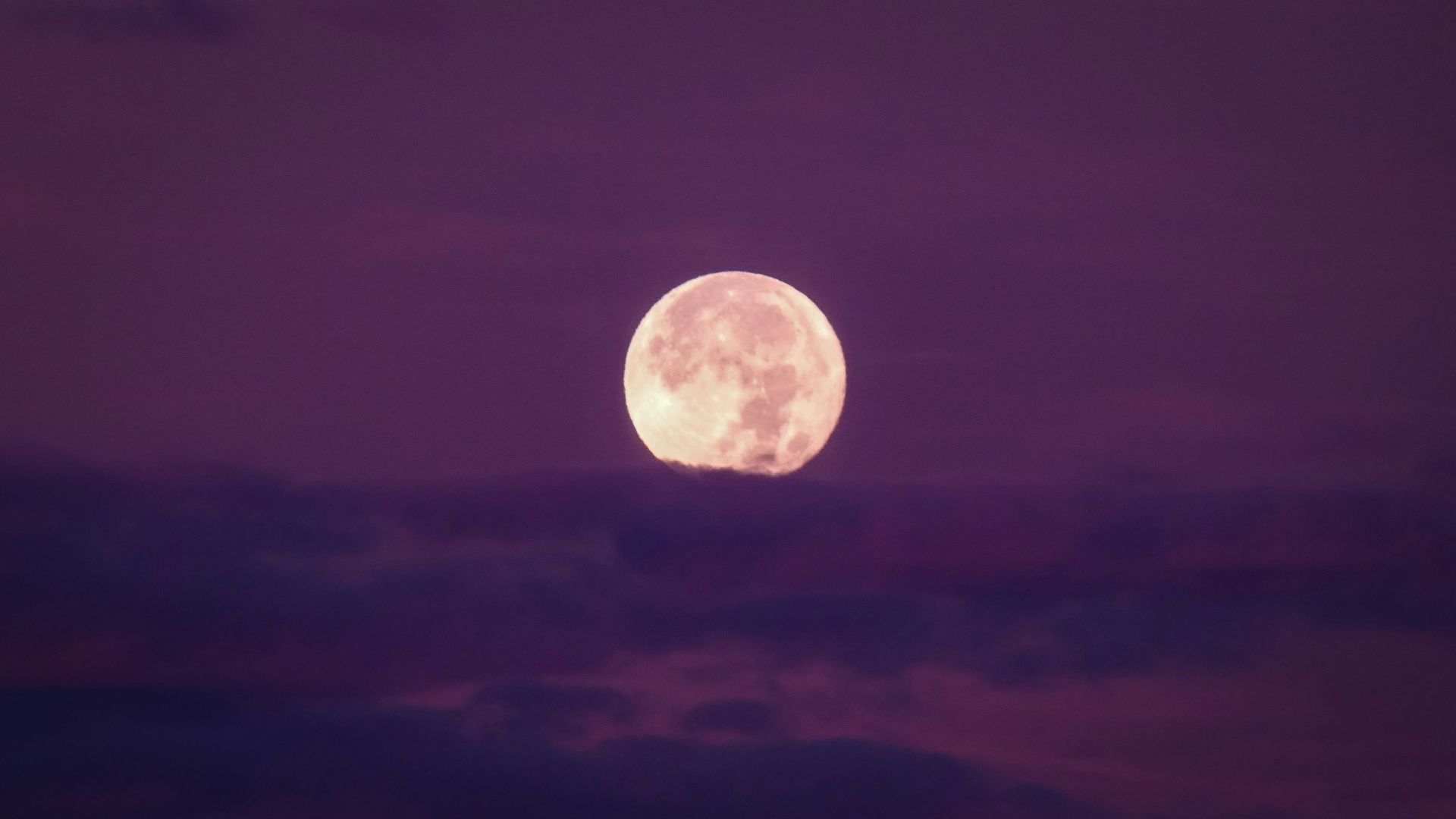
As the moon edges away, it tugs at the fabric of our time, gradually stretching our days. “As the moon moves away, the Earth is like a spinning figure skater who slows down as they stretch their arms out,” notes Stephen Meyers, a geoscience professor from the University of Wisconsin-Madison.
This slow dance promises longer days far into the future.
Ancient Rocks Tell the Moon’s Tale
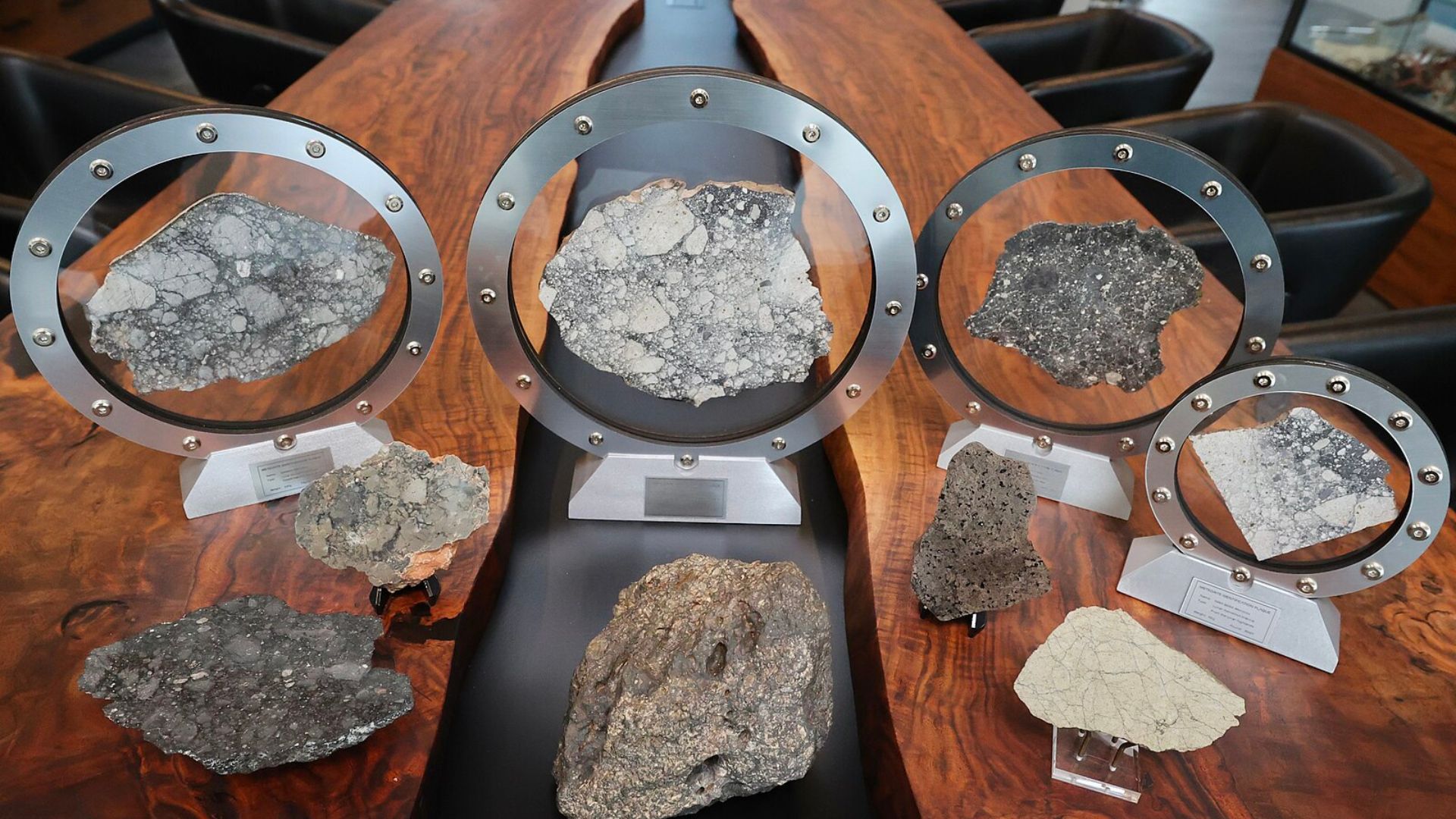
Diving into Earth’s deep past, scientists study ancient rocks to decode the moon’s early ballet with our planet.
These 90-million-year-old geological snapshots reveal a dynamic relationship with the moon stretching back over 1.4 billion years, opening a window to their primordial interactions.
The Quest of Astrochronology

Professor Meyers puts it best, saying “One of our ambitions was to use astrochronology to tell time in the most distant past, to develop very ancient geological time scales.”
This groundbreaking work aims to align the geological clock with the rhythms of the cosmos, comparing ancient eras to our present-day understanding.
China’s Leap Forward in Moon Studies
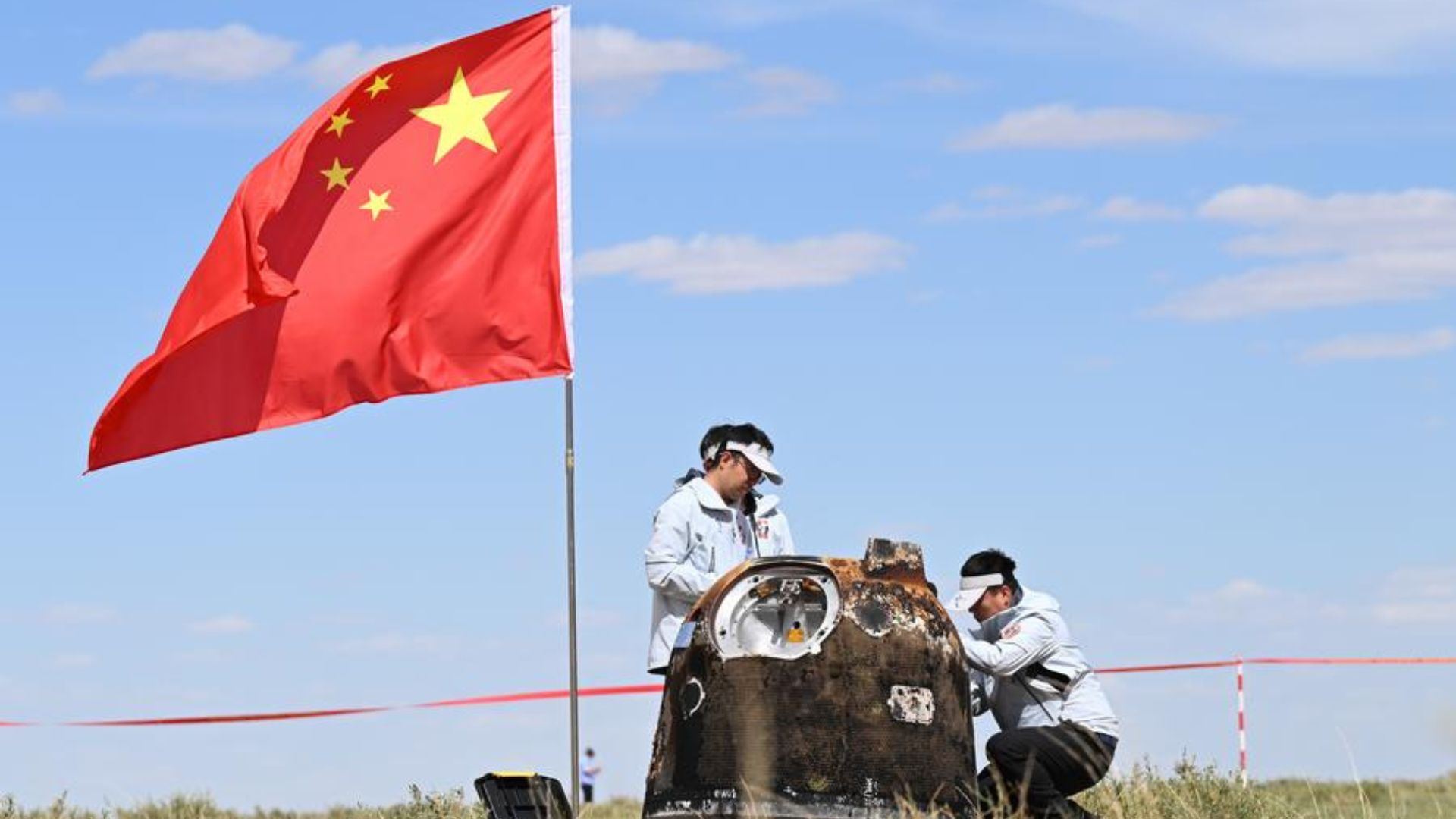
China’s bold lunar explorations have shed new light on the moon’s mysteries.
Their recent missions have dug beneath the lunar surface, unearthing data that fills gaps in our understanding of the moon’s geological past.
Uncovering the Moon’s Underground Mysteries
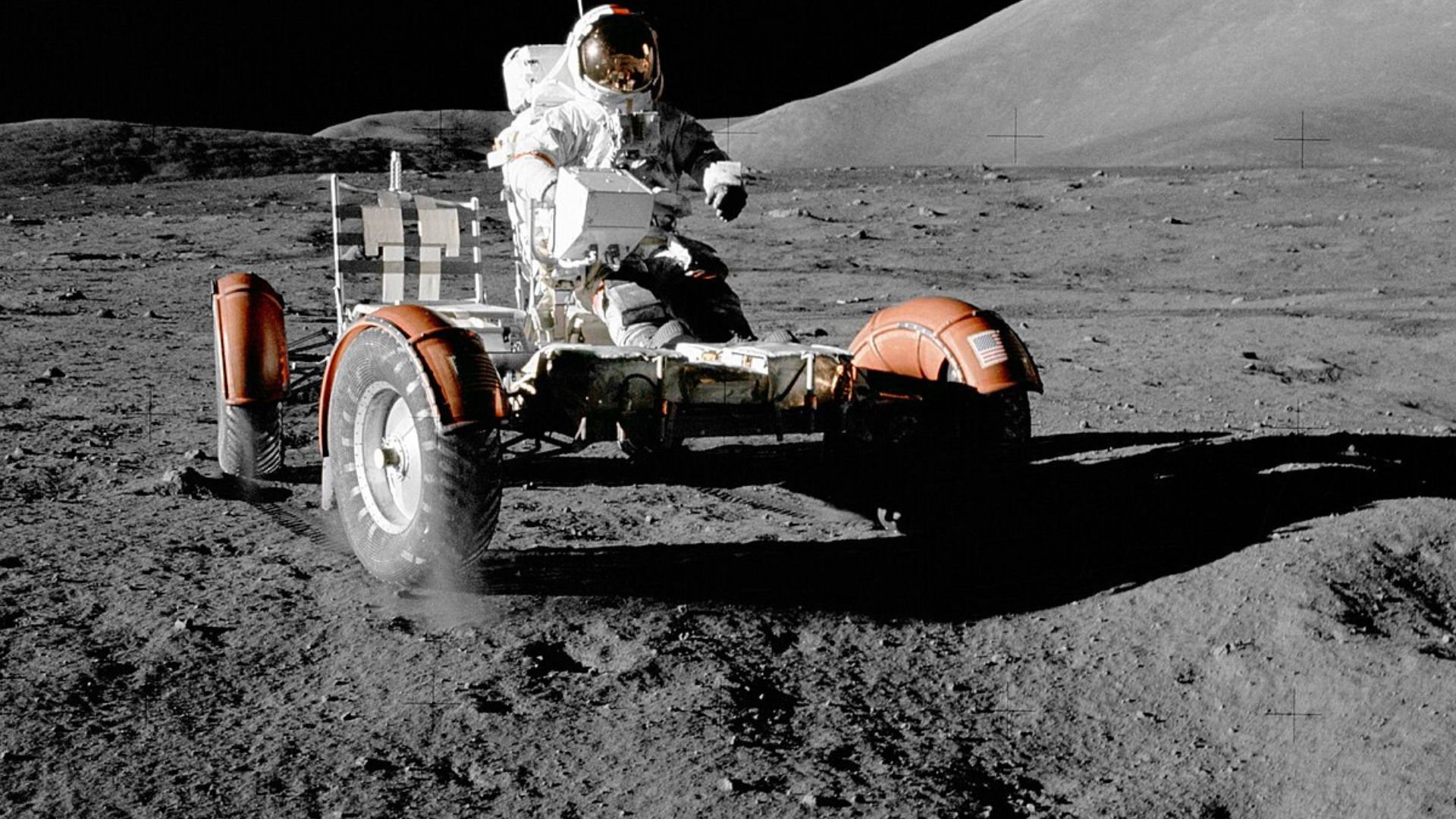
What lies beneath the moon’s surface has long puzzled scientists.
Recent findings have exposed structures hidden below, offering keys to the moon’s extensive geological and environmental transformations over billions of years.
The Moon’s Drift and Its Earthly Impact
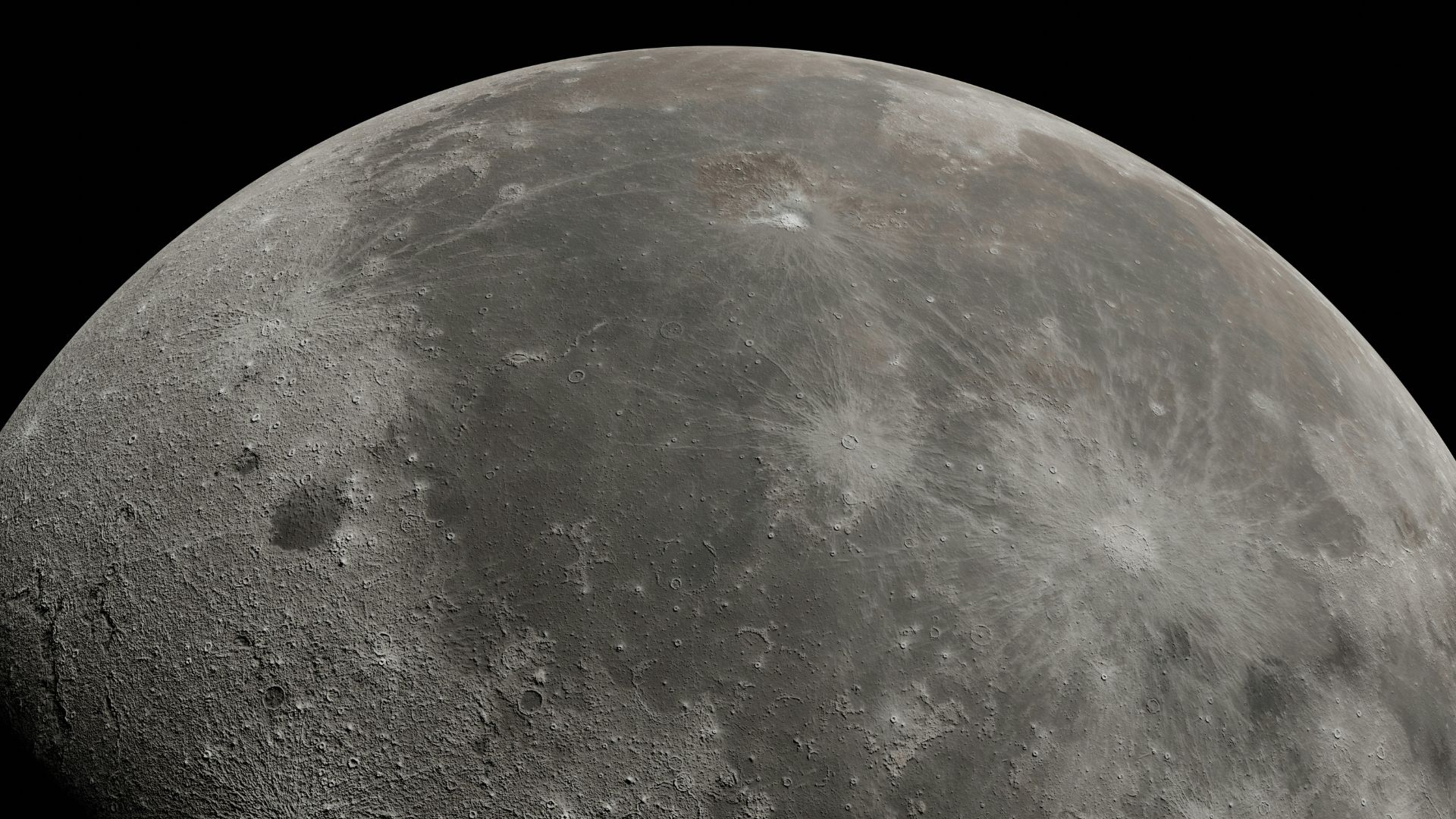
With each centimeter the moon pulls away, it subtly tweaks the length of Earth’s days.
This ongoing separation has more than just astronomical significance—it’s a change that, although gradual, will have profound effects on our planet’s natural rhythms.
Earth and Moon in Motion
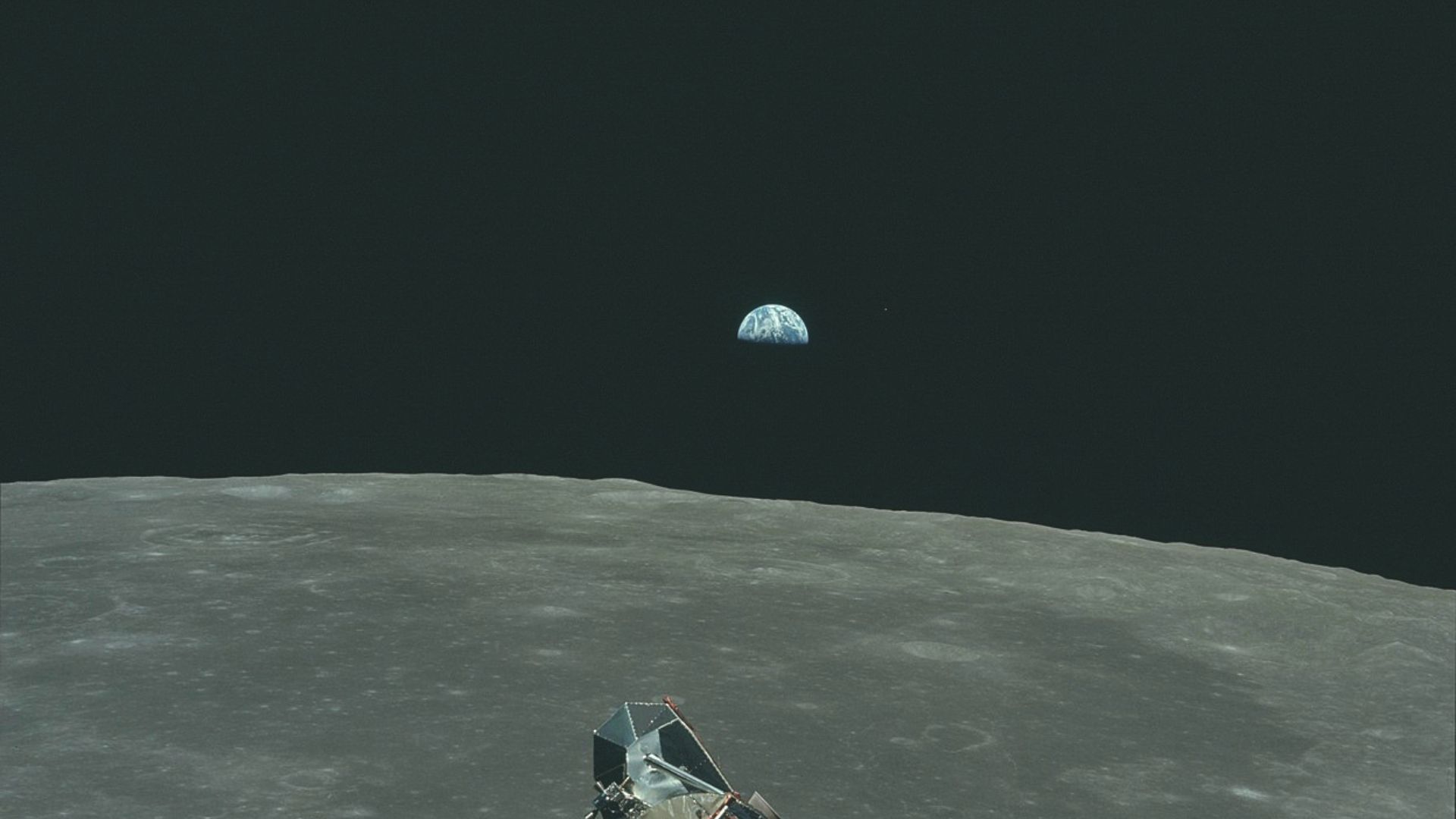
The dynamics of the moon’s orbit are a complex dance governed by the gravitational pull between Earth and its satellite.
As Earth rotates, it influences the moon’s path, slowly pushing it into a loftier orbit—a delicate balance of cosmic forces.
The Engine Behind the Moon’s Migration
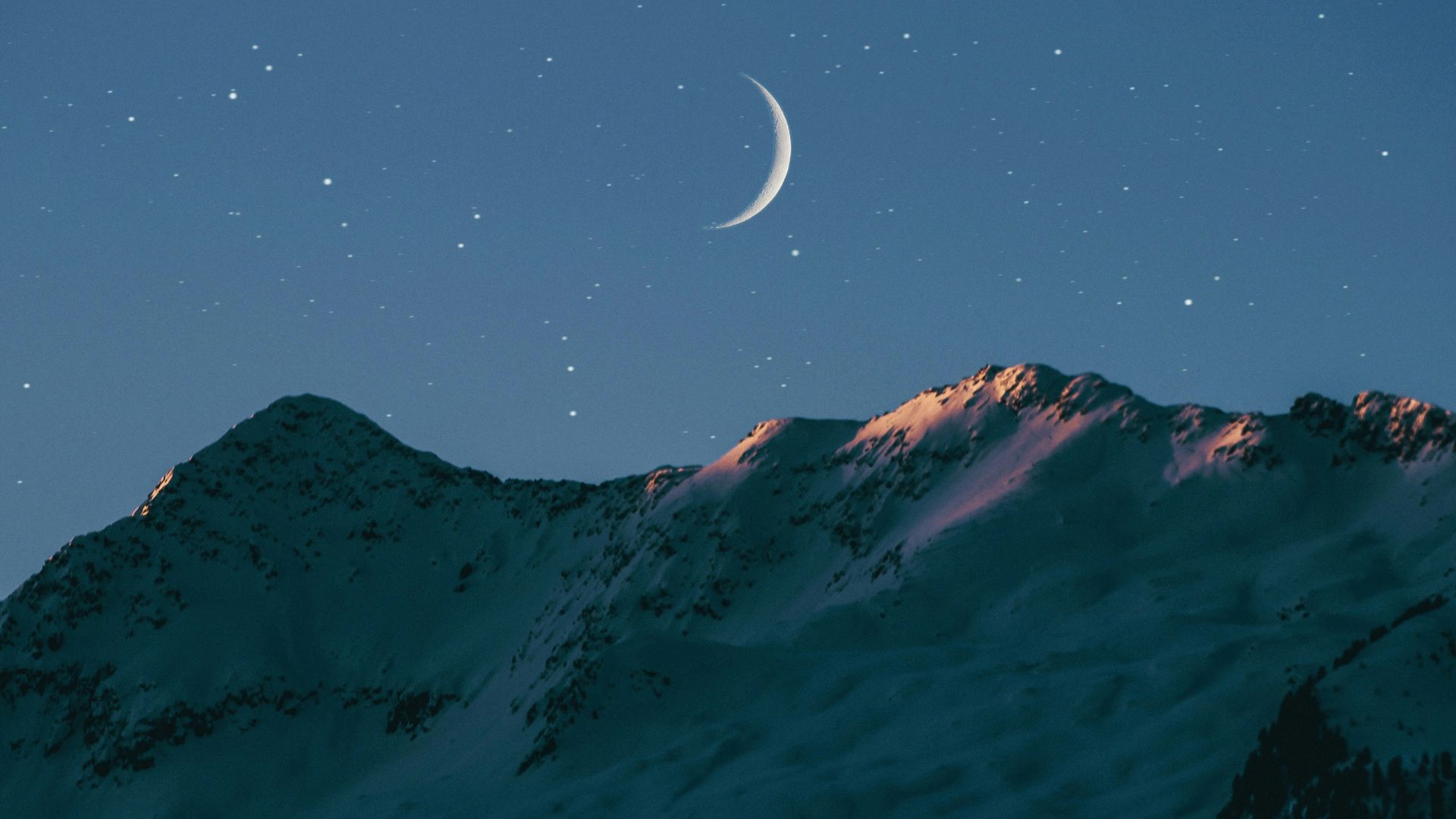
Tidal forces, the invisible hands of Earth’s gravity, are the main drivers nudging the moon into its outward spiral.
This slow celestial choreography results from the immense gravitational interactions that continuously mold the moon’s orbit.
The Ripple Effect of Longer Days

The extension of Earth’s days might seem like a minor shift, but its impact will ripple through ecosystems, affecting everything from sleep cycles to the behavior of wildlife and even how we grow our food.
The future holds a subtly altered world shaped by these extended days.
Broad Impacts of the Moon’s Retreat

The moon’s gradual retreat is poised to influence not only time but potentially Earth’s climate and orbital behavior.
Grasping these shifts is crucial for our ability to forecast and adapt to Earth’s future environmental challenges.
Continuing the Cosmic Conversation
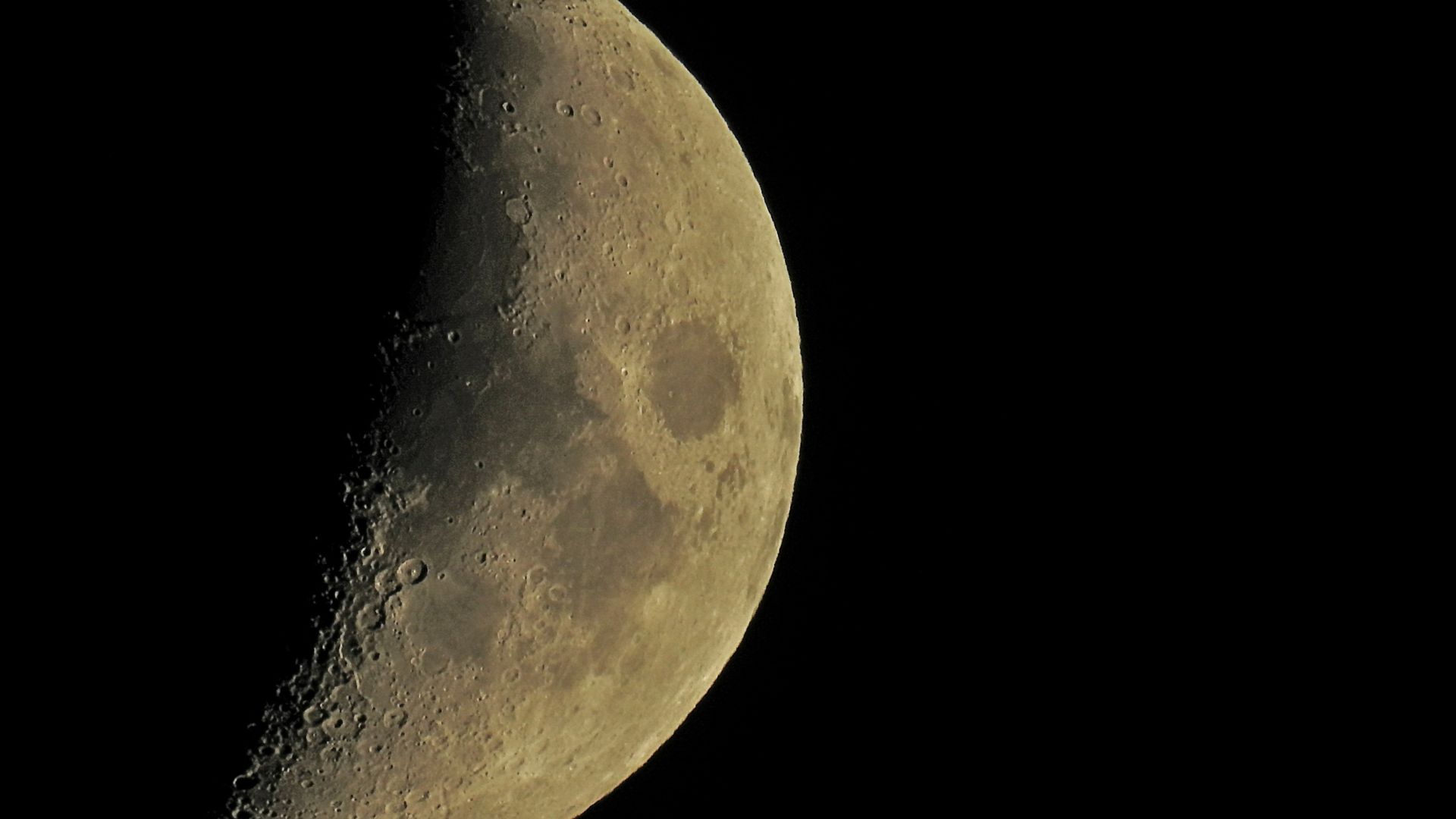
The study of the Earth-moon system remains a vibrant field of scientific inquiry.
With each discovery, we glean more about how these celestial bodies interact, enhancing our knowledge of the solar system and refining our place within it.
